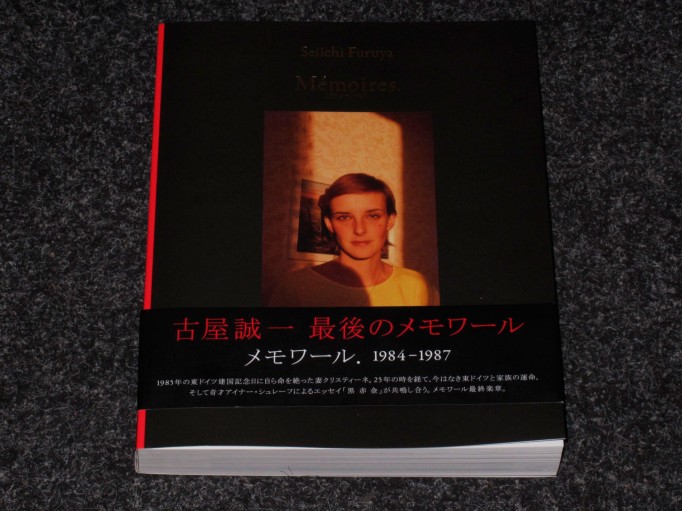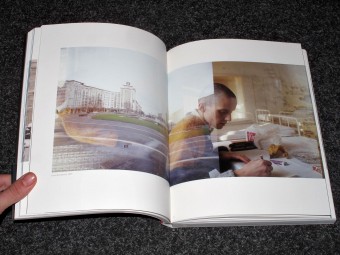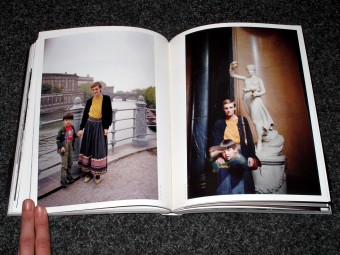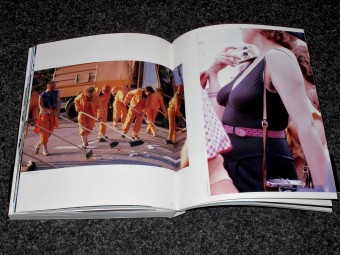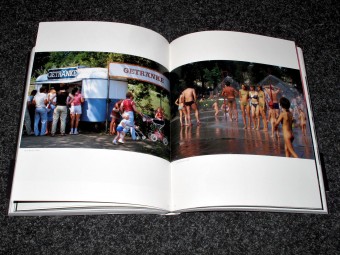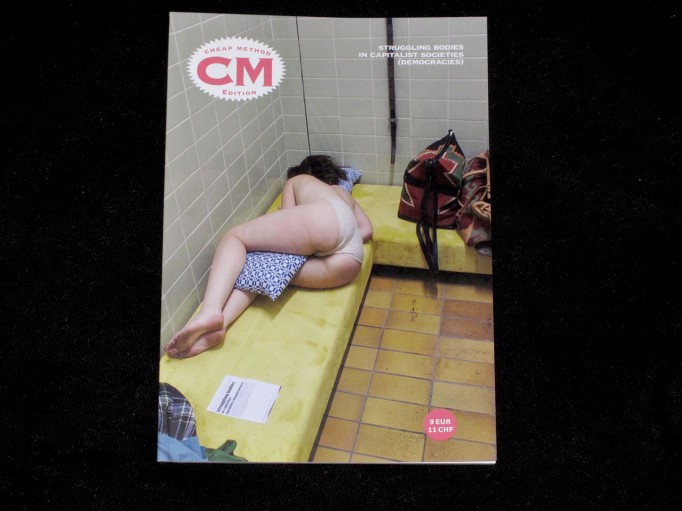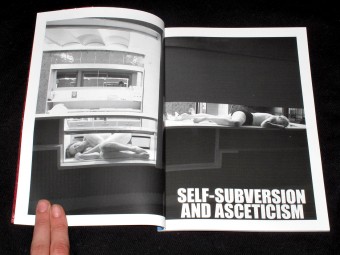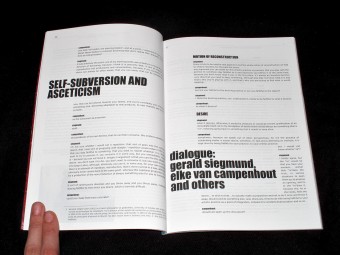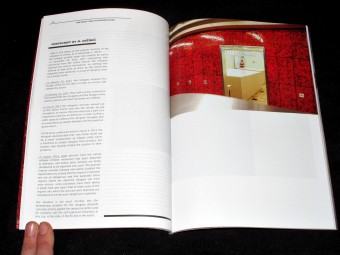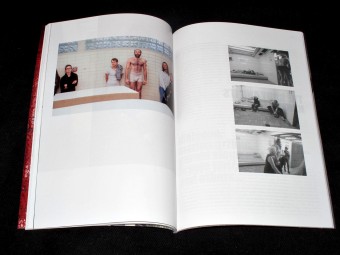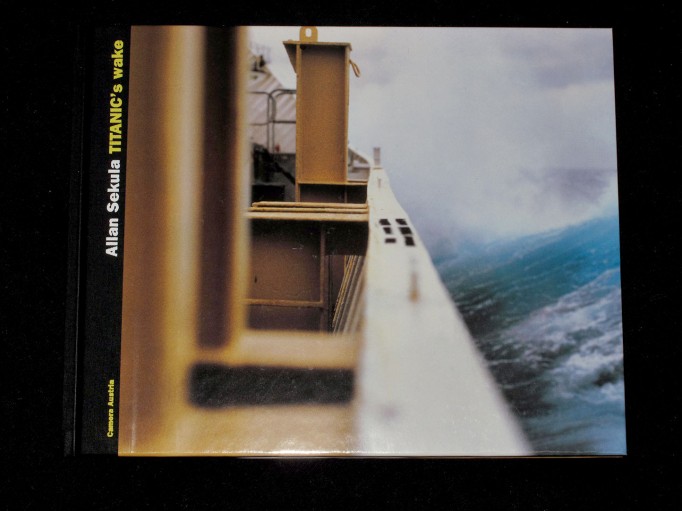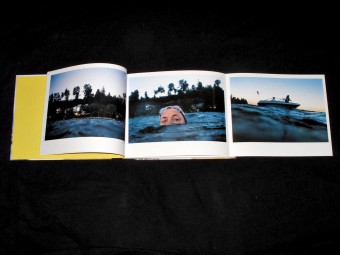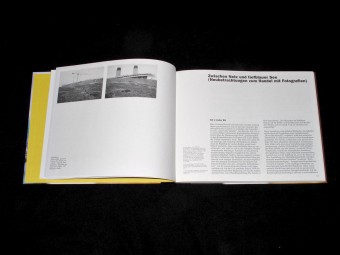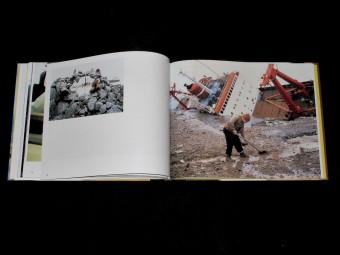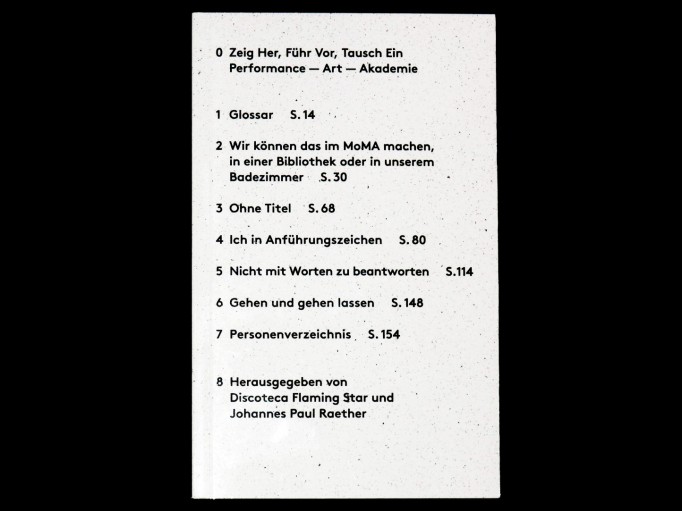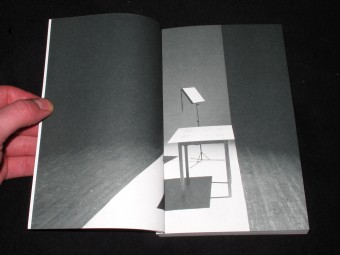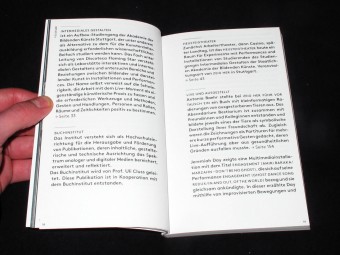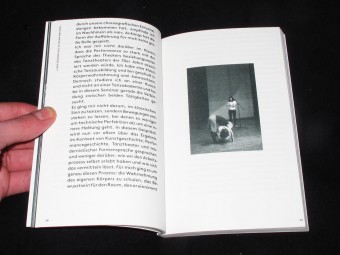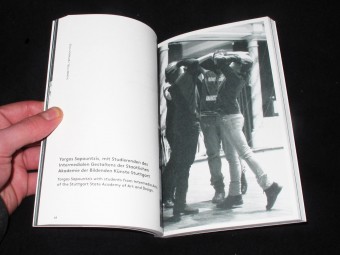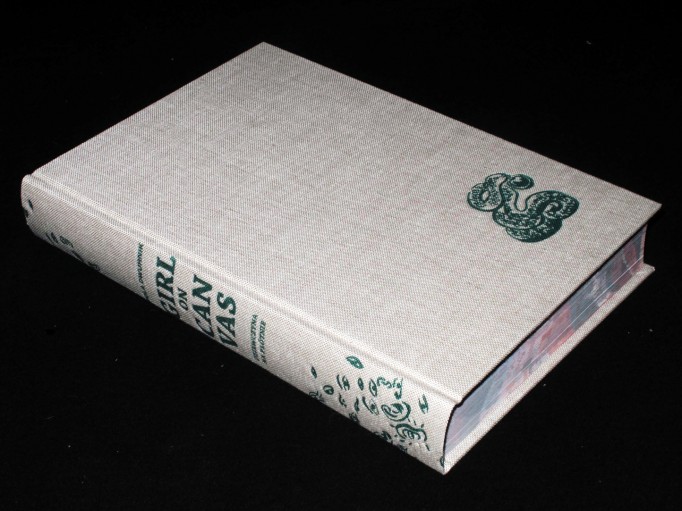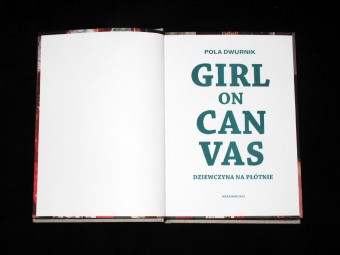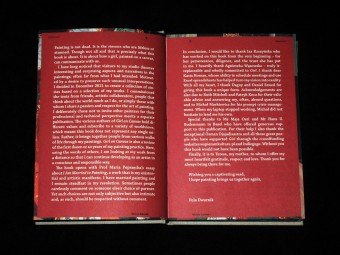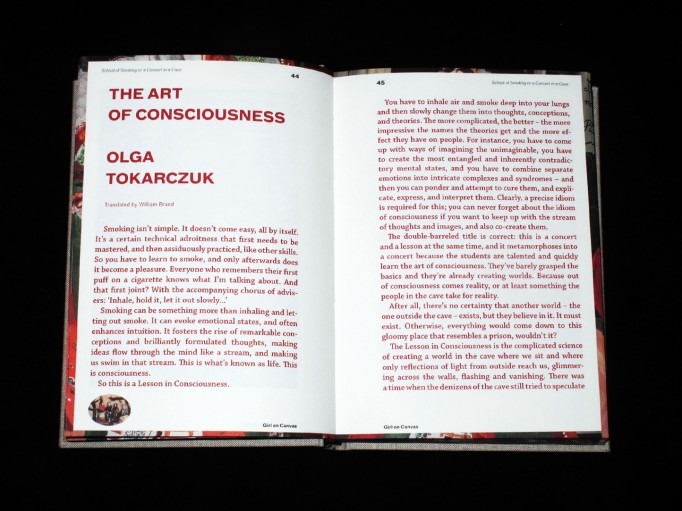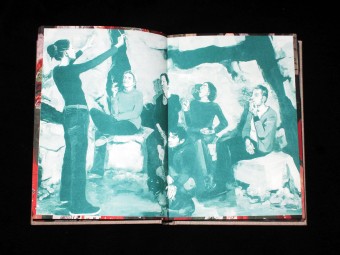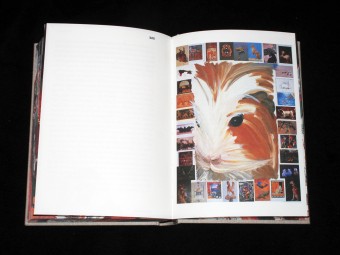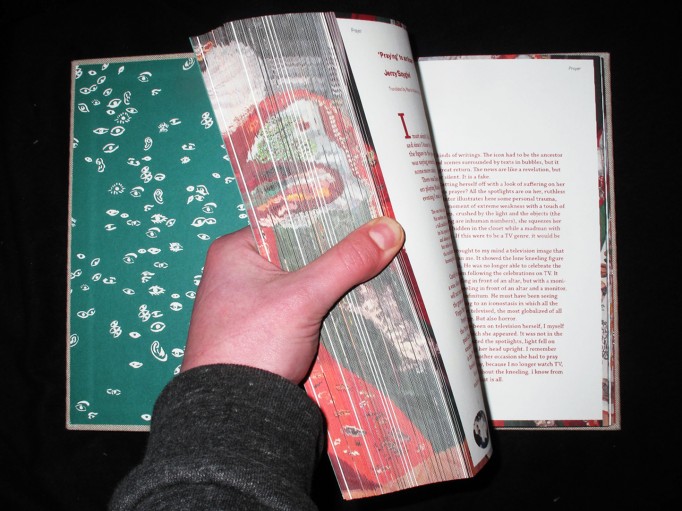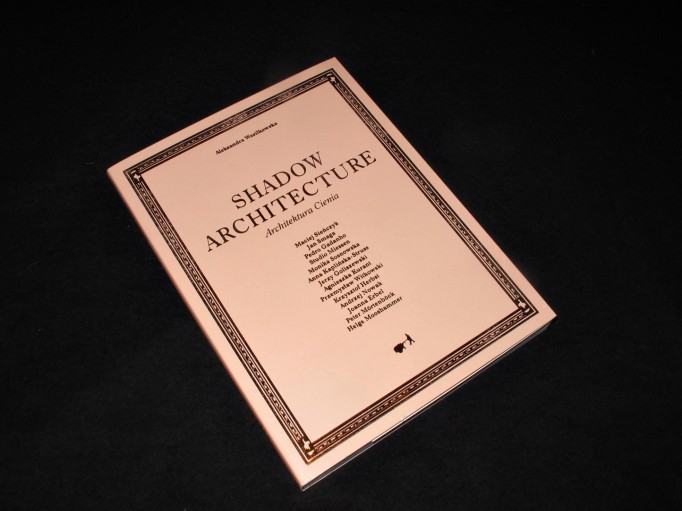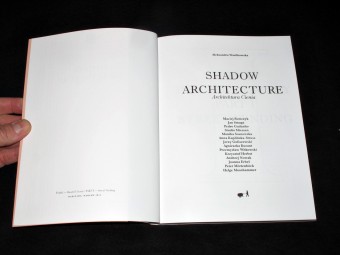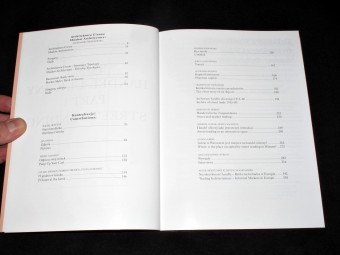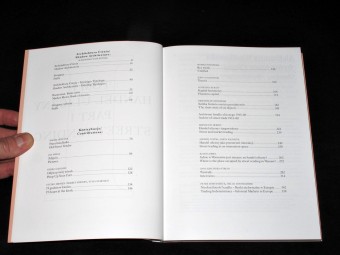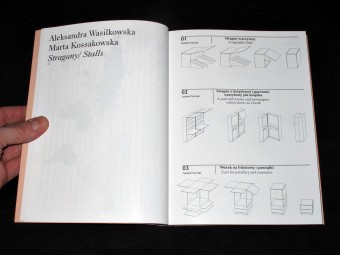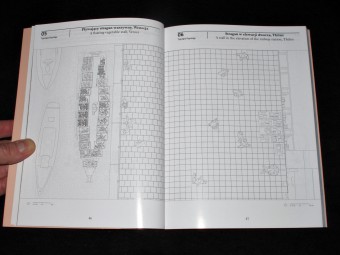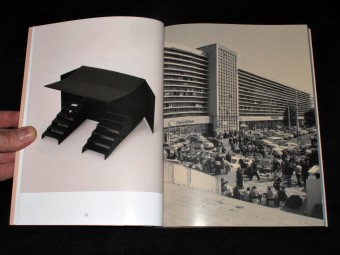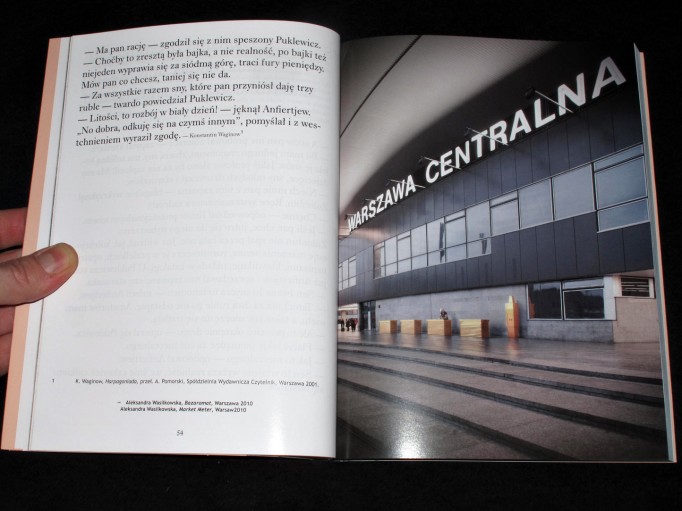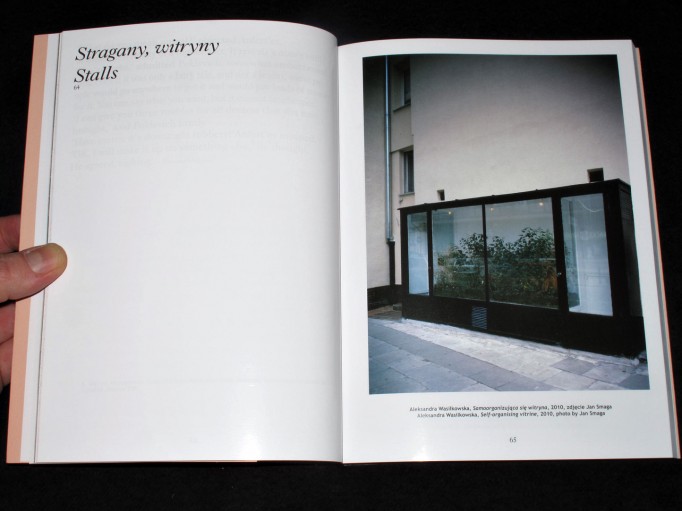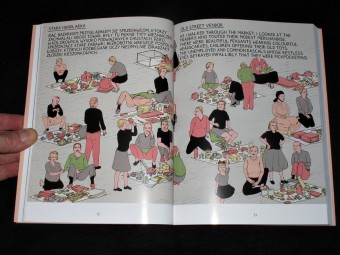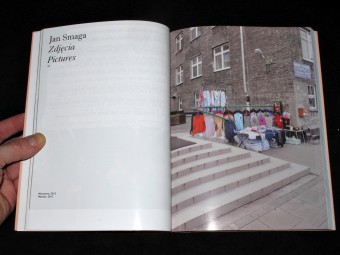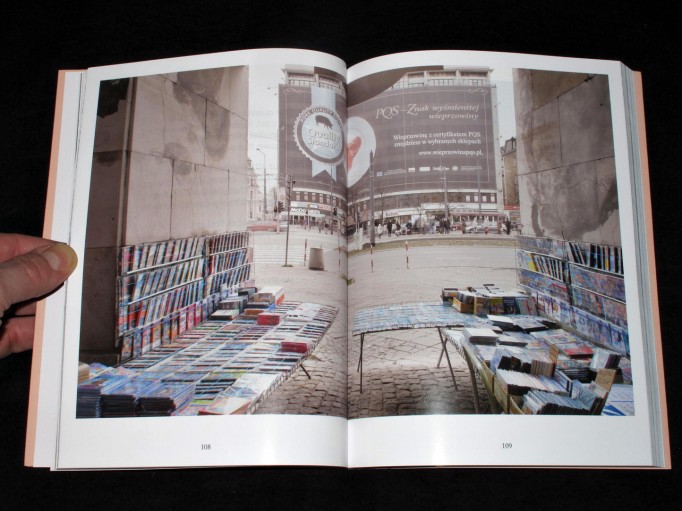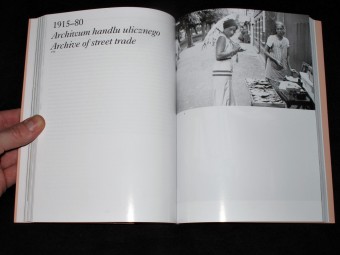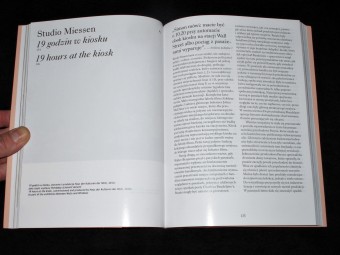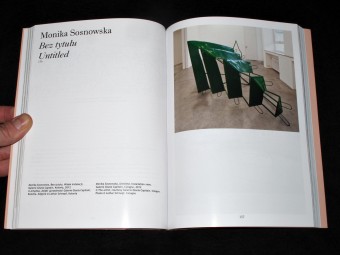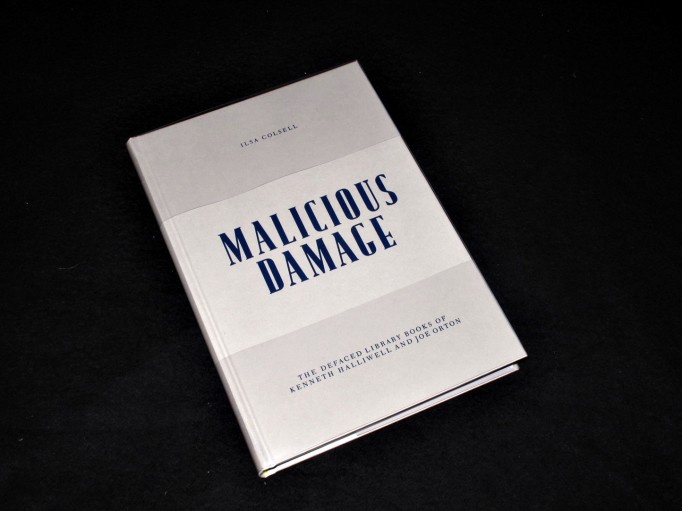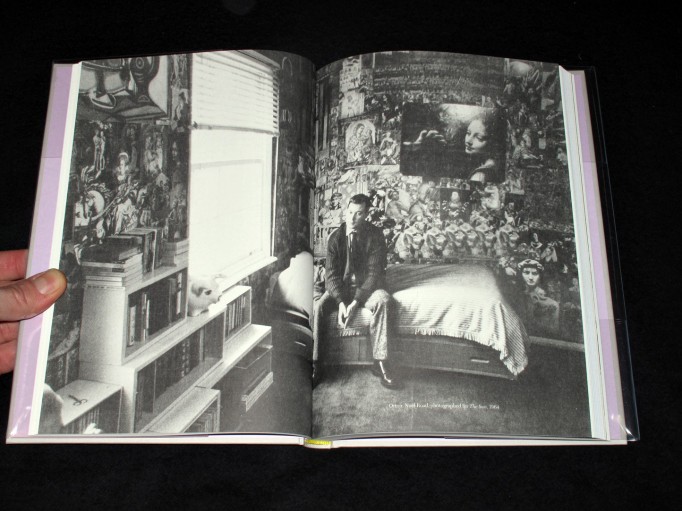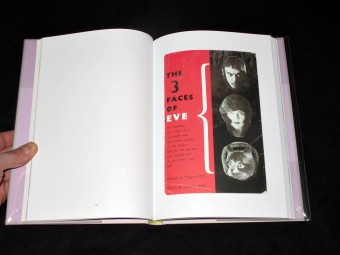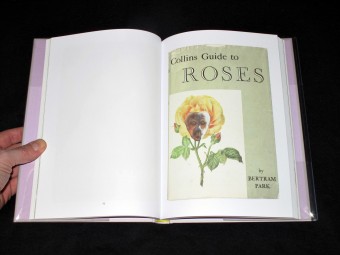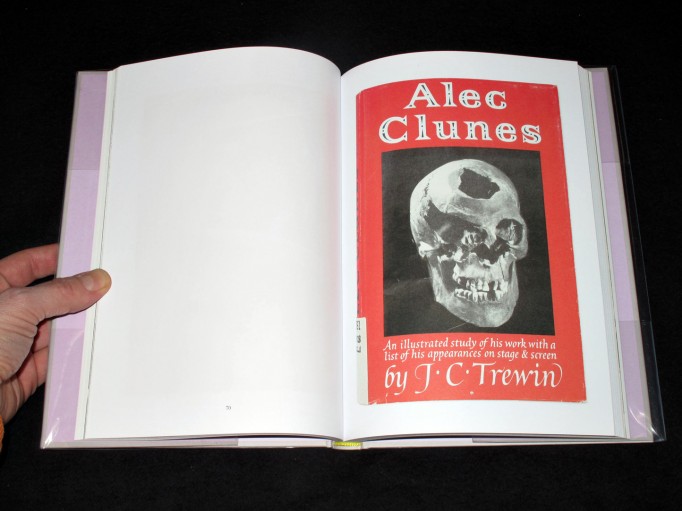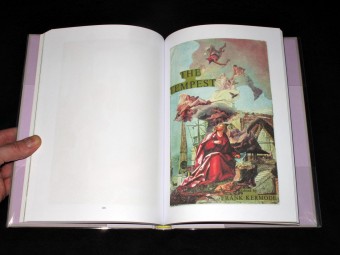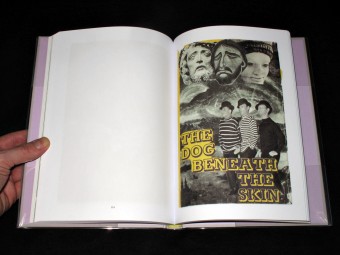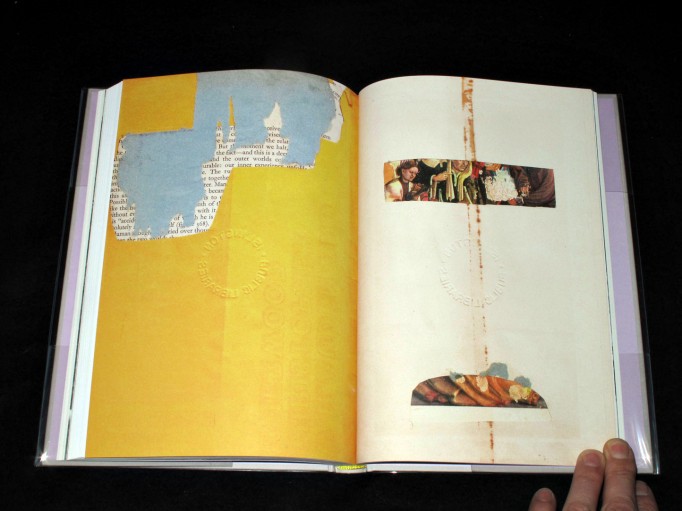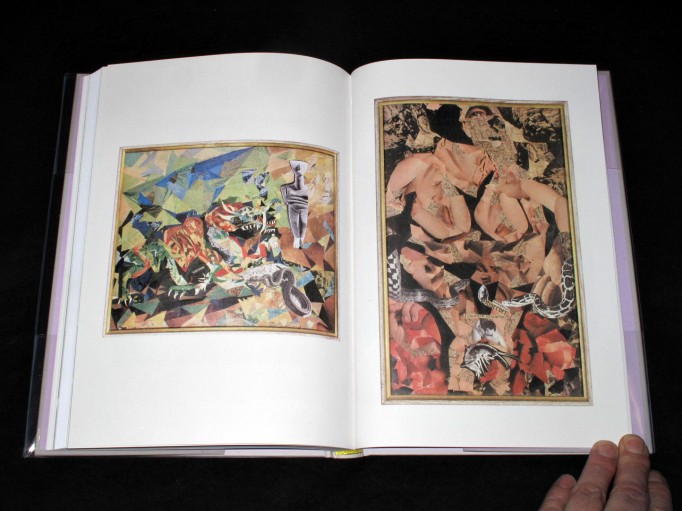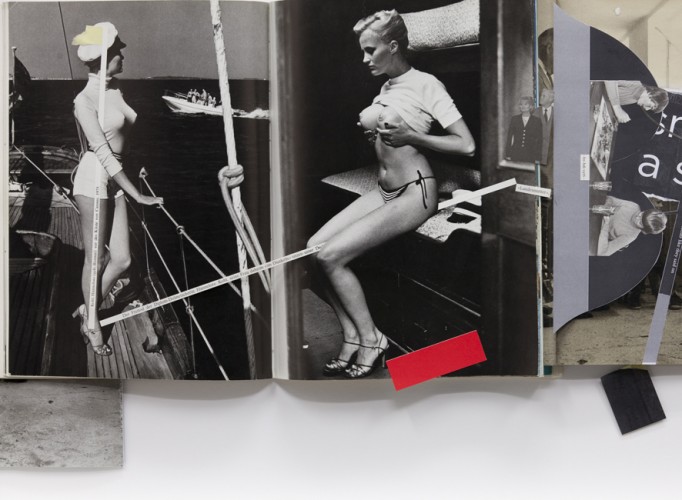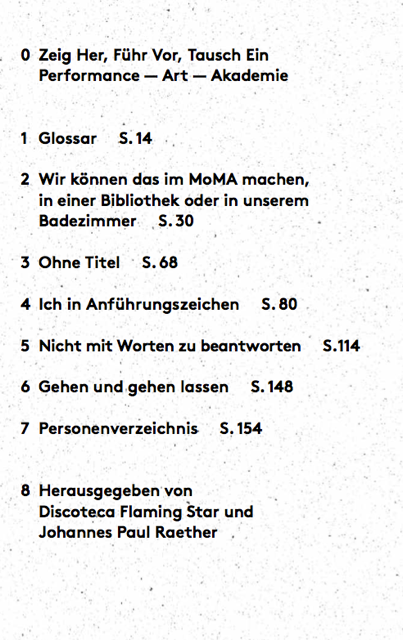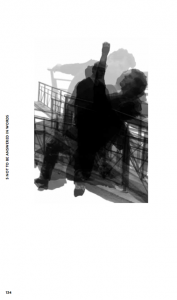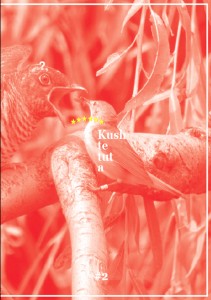
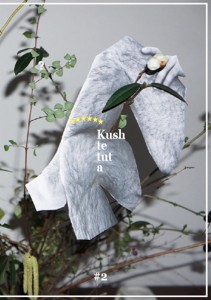
Kushtetuta # 2 “Mums and Dads” launch @ Motto Berlin. 01.02.2014
from 7pm
Kushtetuta is a small publication edited by Alvaro Urbano and Petrit Halilaj.
The name “Kushtetuta” – meaning “constitution” in English – was chosen to mark an ironic beginning: for different reasons, the constitution of Kosovo grants far more freedom and rights than society does. If you divide the word into syllables: “KUSH TE TUT A?” translates from Albanian to: “Who scares you?”
Issue no. 1 (December 2012) was created as an insert for the cultural magazine Kosovo 2.0. The first issue was dedicated to the theme of sex, compiling work from several international artists and writers, exploring the theme of homosexuality and intervention.
Issue no. 2 (January 2014) has been published independently and printed with two covers. It brings together contributions from artists, writers and architects, including fragments of Petrit’s and Alvaro’s own work.
The issue is dedicated to the theme of mums and dads: mums and dads as family, as fight, as nation, as dialogue, as fetish, as education, as monument, as history, mums and dads as origin. The theme attempts to unify various fragments and opinions concerning the very first social environment we encounter: the family. Through the work of the contributors, who deal with differing topics and problematics, a unique thread develops: a thread which starts to define this complex relationship; where expectations, desires, interests and opinions meet in the middle of a generational change.
Contributors to the new issue include:
Bruno. B, Carlos Motta, David Horvitz, Danh Vo, El Roto, Ettore Sottsass Jr., Eva Kotatkova, Francisca Benitez, Félix González-Torres, Franz Kafka, Gerry Bibby, HaveIt, Mark Wulfgar, Patrizio Di Massimo, Piero Pazzi, Slavs and Tatars, Wolfgang Tillmans, Yorgos Sapountzis, Alvaro Urbano and Petrit Halilaj.
The related editions, produced on occasion of the release of issue no. 1, are currently on show in the exhibition “Editionshow”, organised by Chert, Raster and Motto in the space of Chert Gallery, until Saturday, February 15, 2014.

